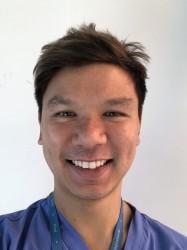BibTex format
@article{Cunningham:2015:10.1002/hep.27570,
author = {Cunningham, ME and Javaid, A and Waters, J and DavidsonWright, J and Wong, JLC and Jones, M and Foster, GR},
doi = {10.1002/hep.27570},
journal = {Hepatology},
pages = {1192--1204},
title = {Development and validation of a “capturefusion” model to study drug sensitivity of patientderived hepatitis C},
url = {http://dx.doi.org/10.1002/hep.27570},
volume = {61},
year = {2015}
}

